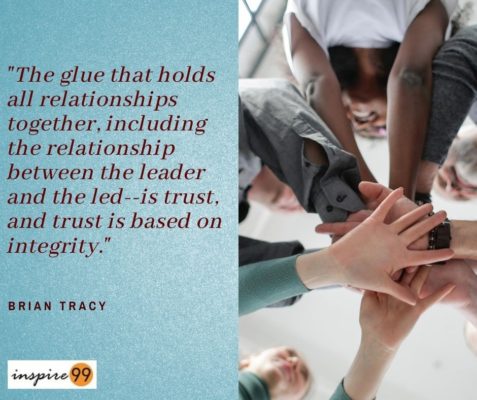Making the Team Feel Safe: Today’s inspiration is from a lovely talk by Simon Sinek about Leadership and the feeling of security. Not so long ago, we talked about Maslow’s principle of hierarchy and its influence on a business. Accordingly, the basic motivational needs come under the physiological category. In this post, we discuss the necessity to feel safe under effective leadership.
The discussion is certainly topical considering the news of economic recession and impending layoffs in certain organizations. However, I will try not to delve too much into that detail and focus on the leadership principles driving decisions. Before I go into the details, here is a great talk from Simon Sinek about making team feel safe in an organisation:
What makes an employee feel safe?
In the last discussion about Maslow’s hierarchy principle, we talked about the motivational factors to keep employees engaged. Although, it is certainly wrong to treat employees under a box standard approach, the principle shows a guiding light.
In the context of this discussion about feeling of safety, I would certainly focus on the psychological needs. Apart from the usual health and safety requirements, working condition and culture, I would like to touch upon the situation regarding a pandemic like the recession we are heading into.
I touched upon this briefly in a previous post about short term and long term decision making before thinking of cost cuts. Most organizations consider a knee jerk reaction to reduce external consultants, followed by thoughts about reducing costs.
Most often these cost reductions mean redundancies.
Redundancies Vs Keeping an Employee Safe
This is a really hard decision to make. The objective analysis of spreadsheets, projections and calculations indicate that redundancies can surface when an organization thinks of cost cutting.
However, the long term approach constantly asks a question: If we lose the key people who have taken care of the organization – are we being really fair to them?

For all the trust expected from an employee in an organization, are we doing the same for the employees too? These questions not only affect the immediate cuts, but also send an echo about how an organization feels about its employees.
The natural ripple effect is on people within the organization, if they see/sense that the organization is being unfair, the company will risk losing the retained employees. After all, if the company is looking at its key employees as a dispensable resources – employees can do the same as well. After all: As you sow, so shall you reap!
Going the Extra Mile
I’m conscious that I’ve referred to trust a bit in the recent posts. From my perspective, a business finally comes down to trust. It is easy to see how an organization treats its people.
Naturally, with the social media presence, a company cannot afford to think these decisions happen in vacuum. The moment an unfair treatment is meted out, the scenario is all out in the social media. Glass-door is a great place to see employee comments about an organization. It is almost a stark reminder that profits alone cannot be the primary motive of an organization.
Maybe as a 1-2 person sole trader, one can take the liberty, but with an organization/team, the leader/ founder takes up the responsibility of sustaining the team. If the ultimate aim is to have a high performing team, it would be impossible to do so if the organization is not willing to meet half way.

Pingback: How to deal with conflict in a team? - Inspire 99 %management